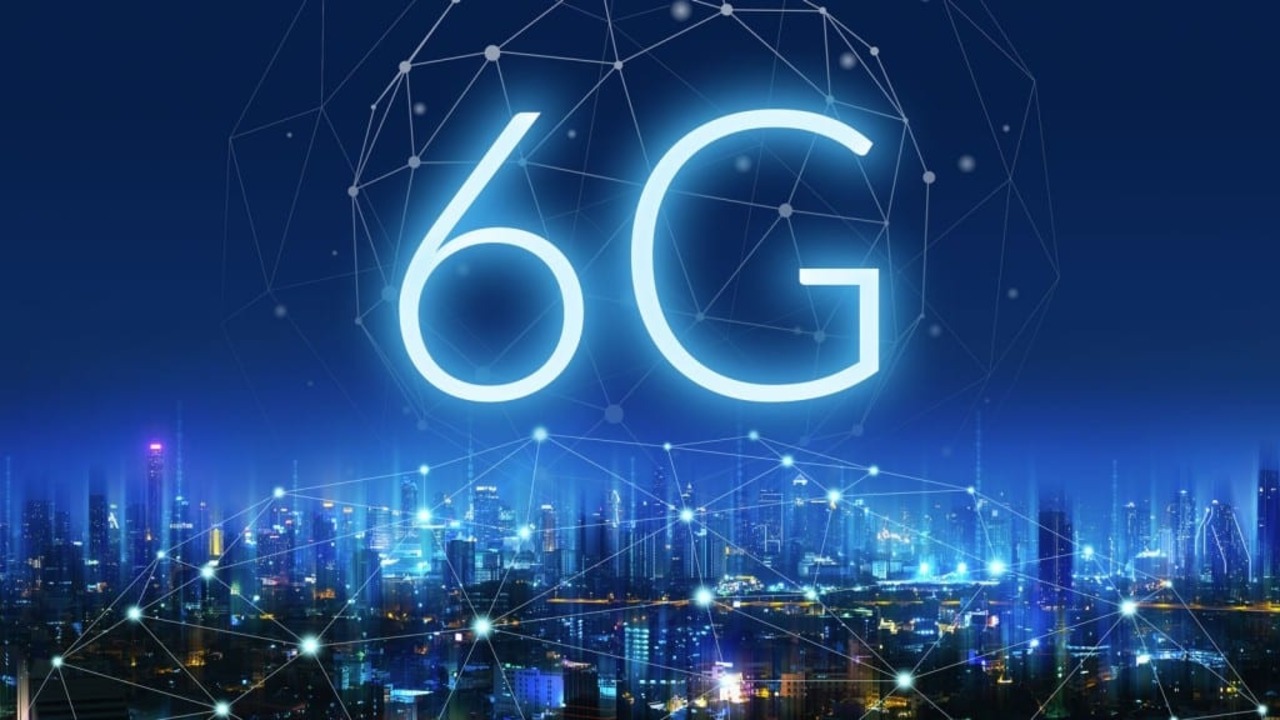ETSI boss says 6G an ‘evolution’ of 5G
In an interview with Telecoms.com Jan Ellsberger, General Director at the European Telecommunications Standards Institute (ETSI), revealed that 6G will be an ‘evolution’ of 5G.
September 10, 2024

Ellsberger who was elected General Director at ETSI (a European standards body for telecoms) in April told us that the organisation does not try to identify use cases but looks at how to evolve technology and increase performance. He mentioned that the learning process the industry went through with 3G showed the lesser need to focus on the use cases a technology can unleash.
As such, with 6G not expected to be a revolution but an evolution of 5G, he stressed “that is important to highlight and from our standards point of view, we have the responsibility to deliver the standards and then the industry is deciding what to do with those when they deploy them and how to phase the deployment,” he said. “So that is a purely commercial aspect. I'm personally convinced that 6G will find its use cases and then the increase in the revenue for the operators as well.”
We also spoke to Ellsberger about the tighter integration with satellite communication. While 5G (and to a lesser extent 4G) already is undergoing some convergence with non-terrestrial networks (NTNs), Ellsberger said in 6G we can expect this to be taken a step further.
“There will be a tight integration and by that you can use satellite as a complement to have a wider coverage or better coverage than what we can get with pure land-based communication.” he said. “It is important you have to emphasise that 6G is an evolution of 5G and not that disruptive technology. So, I mean whatever is done when it comes to NTN or satellite integration of course have to respect that ambition.”
On the question of whether or not 6G could once again be initially deployed with new radio but reliance on the previous generation’s core network (as has been the case with 5G non-standalone) he said that was too early to speculate on.
We also asked about the slower than desired uptake of 5G in Europe. Ellsberger believes this has something to do with the fragmentation of the MNO landscape in the region (as compared to North America for instance). This may be true to some extent but surely for consumers that have had a decent 4G network and coverage so far, the question remains: what is the real benefit to upgrading their network to non-standalone 5G?
In efforts to combat the above, many networks globally have chosen to give away 5G at no extra cost to 4G plans and in some recent cases these have even included standalone 5G (e.g. see Vodafone UK).
But back to the question of the real benefit for the average consumer, advertising efforts so far, such as those about getting a wet shave on top of a mountain from a robotic arm enabled by a 5G network, seem to have heavily missed the point of why consumers may upgrade networks. But perhaps there is hope for more practical ads showcasing more ‘real-world problems and needs’ as more standalone networks are launched.
To our question regarding the expected uptake of 6G and the impact on innovation in the UK and rest of Europe Ellsberger spoke of what he touted as Europe’s continued leadership in R&D and in mobile. “Europe is a leader when it comes to research and innovation on wireless technologies in general.” he said. “We are mainly a leader since 2G and we will continue to be that. So of course, the impact and innovation is that Europe continues to be a leader and drive the technology evolution forward for those 6G components that we are going to standardise.”
Thinking back at innovation with 5G and the killer app, we are reminded of how much of the hype and buzz at 5G’s launch was driven by the marketing machinery. And despite the hefty investments in spectrum, in 5G infrastructure, and ongoing investments in 5G-Advanced with release 18, the sales and revenue generating vehicles have left much to desire for.
Some industry players put all their eggs into the network exposure and API business basket, others jumped on the Metaverse bandwagon. Private 5G (and to some extent network slicing) seems to be a crowd pleaser with most industry professionals according to a 5G survey but the size of the market and the involvement of hyperscalers in the segment can make it tough to crack. Enhanced Mobile Broadband (eMBB) and Fixed-Wireless-Access (FWA) have generated just enough revenue to keep up businesses going but neither of these use cases has revolutionised operator service revenues nor reinvigorated the traditional telco business models (at least not yet).
As a result, it seems as though much of what we are seeing in these early stages of 6G planning in terms of emphasis is about managing expectations. Afterall what’s hype without the backing of revenues? In that, the hype the 5G marketing machinery achieved so successfully is perhaps the driver for a more conservative approach with 6G and the use cases it can unleash. But will it remain conservative as we inch closer to release 21 and the end of the decade for the first 6G standard?
That remains a question for the marketing teams but in the meantime, surely 6G isn’t just going to be about speed and improved connectivity yet again. And those touting it as simply the natural progression in mobile connectivity surely will need to justify the means with tangible revenue opportunities if the challenges of 5G monetisation are not to be repeated. Unless of course the industry is happy to put its faith in ‘build it and they’ll come’ yet again.
About the Author
You May Also Like










.png?width=300&auto=webp&quality=80&disable=upscale)


_1.jpg?width=300&auto=webp&quality=80&disable=upscale)